ACCESS TALKS: AUSTRALIAN EXPERIENCE
Yolande Cailly is a parent, passionate about equity in education, disability rights and inclusive education. Drawing on successful yet challenging personal experiences with her own child Yolande is committed to advocating for an inclusive education for all students.
This transcript has been corrected and edited slightly for clarity.
Hi everyone. I was going to start by saying my name is Yolande. I’m the mother of two children, a boy Akira, who’s eight and a girl Zoe, who is ten. Zoe has Down Syndrome.
I was lucky that the day after her birth my obstetrician visited us in hospital and one brief conversation completely changed my perspective on Zoe’s disability. He told me not to care for the outdated views and instead look for the possibilities. So after a few days of that I started to reimagine a life for us as a family. I did all the things an ordinary mum does. I joined a regular mother’s group and had a lot of fun with them. After a few months, I went back to work part-time and found a regular day care centre for Zoe.
Fast forward to the year before starting school and Zoe received a visit from an advisor from the Department of Education at day care. Subsequently, she was offered a place in a part-time specialised pre-school, which was going to prepare her for life at school. Until then, I had only envisioned a regular class, in a regular school for Zoe, but over the course of that year, I was reminded of Zoe’s challenging behaviour, potential safety concerns, the big gap in development compared to her peers and the lack of support, should I choose a regular class for her.
And how lucky was I, that a fully-fenced local school happened to host a support unit. This setting was going to offer Zoe the best of both worlds; expert support in a safe environment combined with mainstream opportunities. So, I went along with it. By being in a class of eight children, all struggling with speech and social interaction, Zoe was denied opportunities to learn from her peers and so were those children. Zoe was becoming more and more oppositional and reluctant and her progress was very slow.
Towards the end of Zoe’s first year at school I started talking about moving her out of the support unit and into a regular class but there was a clear lack of understanding about inclusion. Zoe spent a lot of time at the back of the classroom, sitting next to her learning support officer working on material which often had no correlation at all with what the other students were doing.
This was integration, not inclusion.
As a result, Zoe’s interaction with the other students was too limited. She continued to be oppositional and a reluctant learner.
During that year, I had made myself available two hours every week to provide additional support for Zoe in the classroom. This was an opportunity for me to really think about inclusion and what it should look like. A teacher with a combination of a positive attitude, understanding of universal design for learning, differentiation and high expectations is reaping the rewards and by developing excellent peer support strategies, Zoe’s teacher has been able to promote her as a valuable member of the school community.
I started to notice some changes in children’s interactions with Zoe. On a day that Zoe was sick, we walked her brother to school and as we were standing at the back of the school hall during assembly one of Zoe’s classmates approached us. I was expecting for her to say ‘hi’ to me and maybe ask a couple of questions about Zoe, as that had been the case in the past, but not this time. This time she ignored me. She walked straight to Zoe took her hand, asked her how she was, told her that she was sorry to hear she was sick and that she would miss her. Then she walked away.
Zoe is where she belongs. She is valued by all. Her progress has been amazing. Drawing and writing have become her favourite activities. She has a clear desire to communicate sometimes verbally, sometimes with signs and sometimes through her writing. She’s a lot more engaged and focused in her learning.
Now let’s just imagine for a moment all children from the unit attending age-appropriate regular classes, which would free up six adults across the whole school, can you start seeing the possibilities?
We are not there yet. There is a lot to do, attitudes to change, teachers to train, families to reassure but students at our school are no longer held back, limited by the walls of segregation.
I do not know what the future holds for Zoe, but that’s a good thing. What I do know is that instead of a future determined by segregation, ableism or discrimination we have an undetermined future, a future filled with choices and a myriad of possibilities.
Last updated August 24, 2018
From Integration to Inclusion:The Canadian Experience [opens external tab PDF]
ALSO IN THIS SECTION:
MORE ACCESS TALKS:
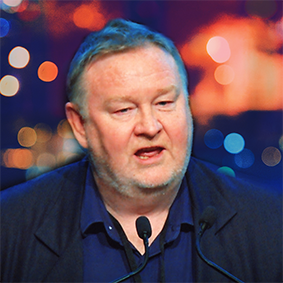
WHAT IS INCLUSION?
The promotion, adoption and implementation of inclusive practices, which involves changing policies, practices and attitudes within schools.

HOW WE INCLUDE
Creating inclusive classrooms & schools starts with vision, policy, systems change, curriculum design and teaching practice.
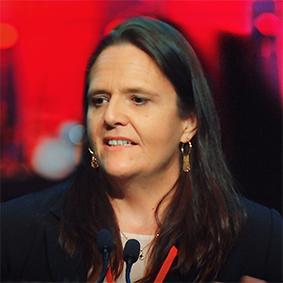
WHY INCLUDE?
High quality education & supports enable all students to acquire success in their education and is the basis of an inclusive life and society.
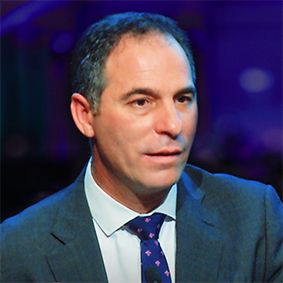
TEACHER IMPACT
All classroom teachers have a role in creating schools & learning environments where all children can learn and feel they belong.
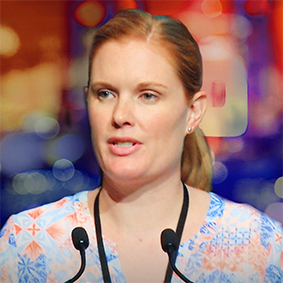
CHANGING MINDSETS
Whole school transformation requires courage, leadership & honest reflection to identify the need for change and set about making it happen.
NOW EXPLORE ACCESS READS
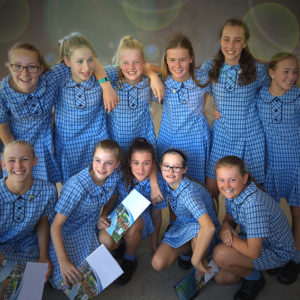
WHAT IS INCLUSION
The promotion, adoption and implementation of inclusive practices, which involves changing policies, practices and attitudes within schools.

HOW WE INCLUDE
Inclusive classrooms and schools embrace universal design as the foundation for cultivating inclusive attitudes and practices.

CHANGING MINDSETS
Bringing about change one mind at a time is integral to improving the lives of people with disability.

AUSTRALIAN EXPERIENCE
Exemplar inclusive educational practices are happening in Australia. See the possibility and potential of Inclusion here and now.

WHY INCLUDE
All children have the right to be included, to be represented in, to have access to and to receive high-quality education and supports.

TEACHER IMPACT
All classroom teachers have a role in creating schools & learning environments where all children can learn and feel they belong.
A FAMILY ADVOCACY INITIATIVE
This site is edited and maintained by the Advocacy and Leadership Development team
Image attribution: Photos supplied and screen shots from Access Symposium videos.


